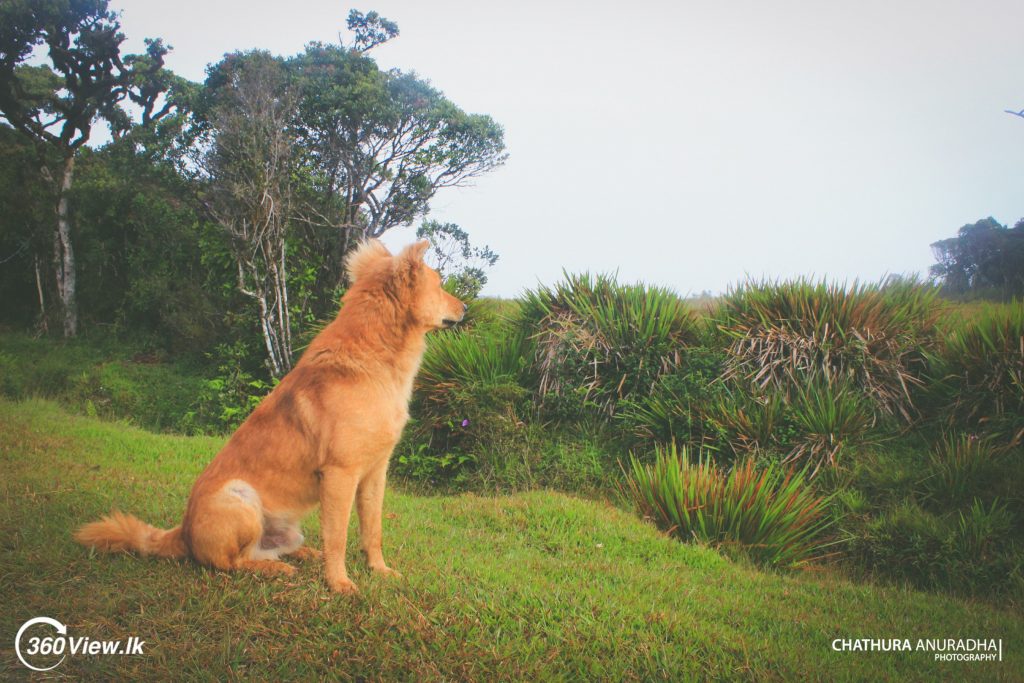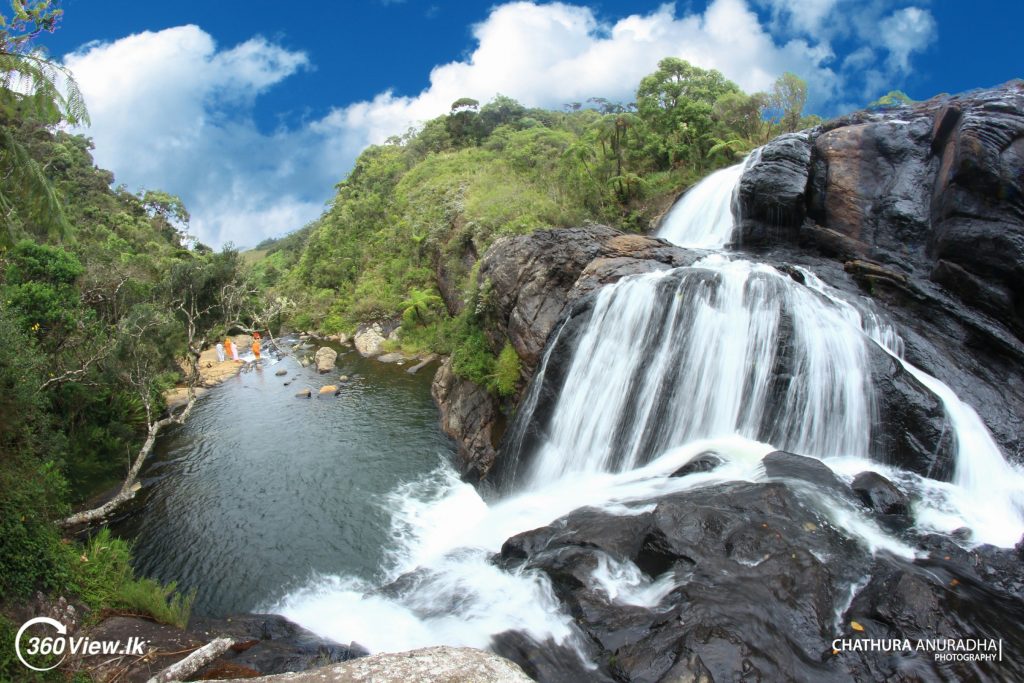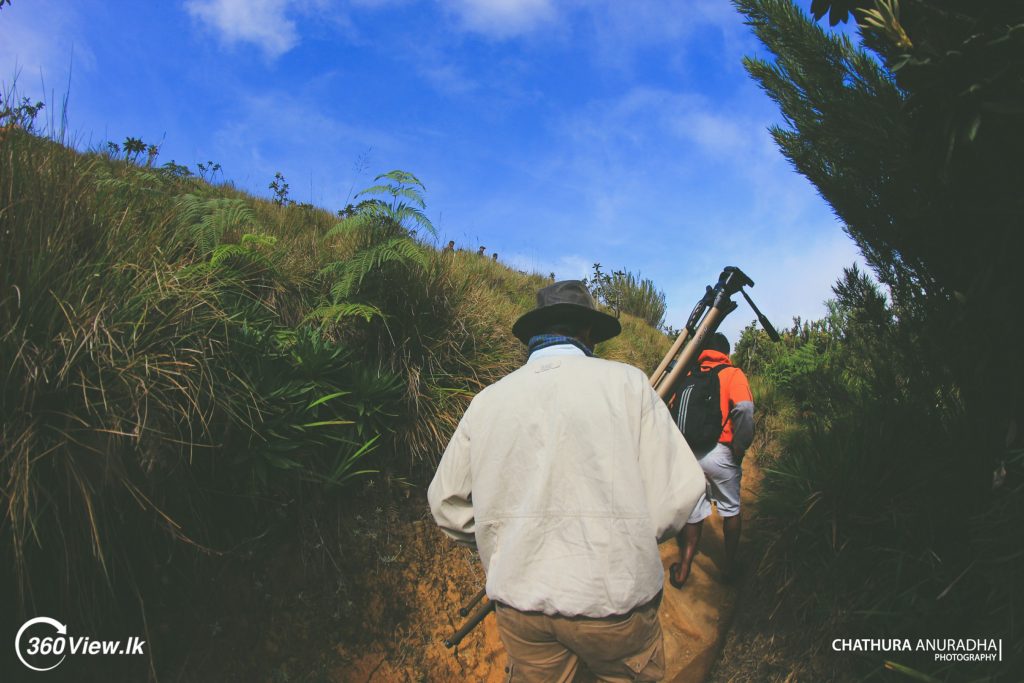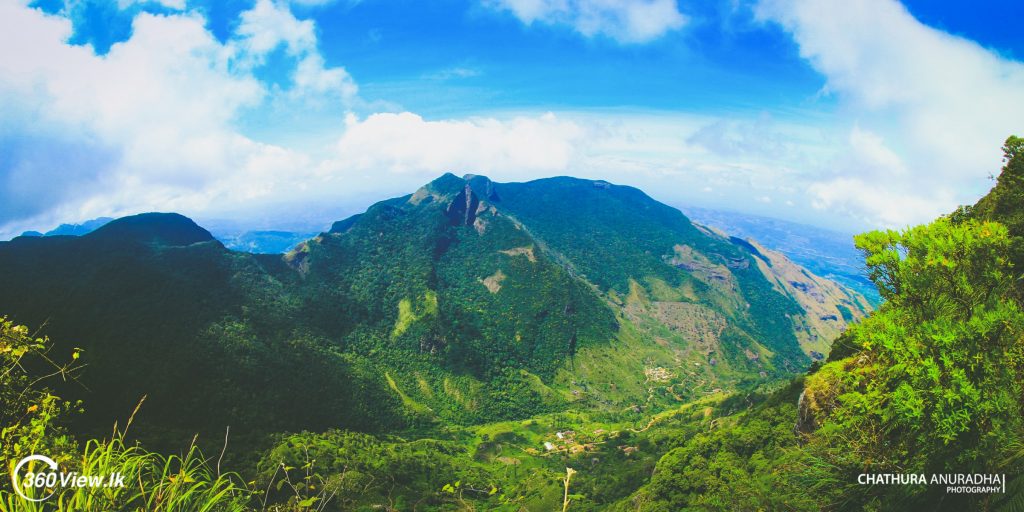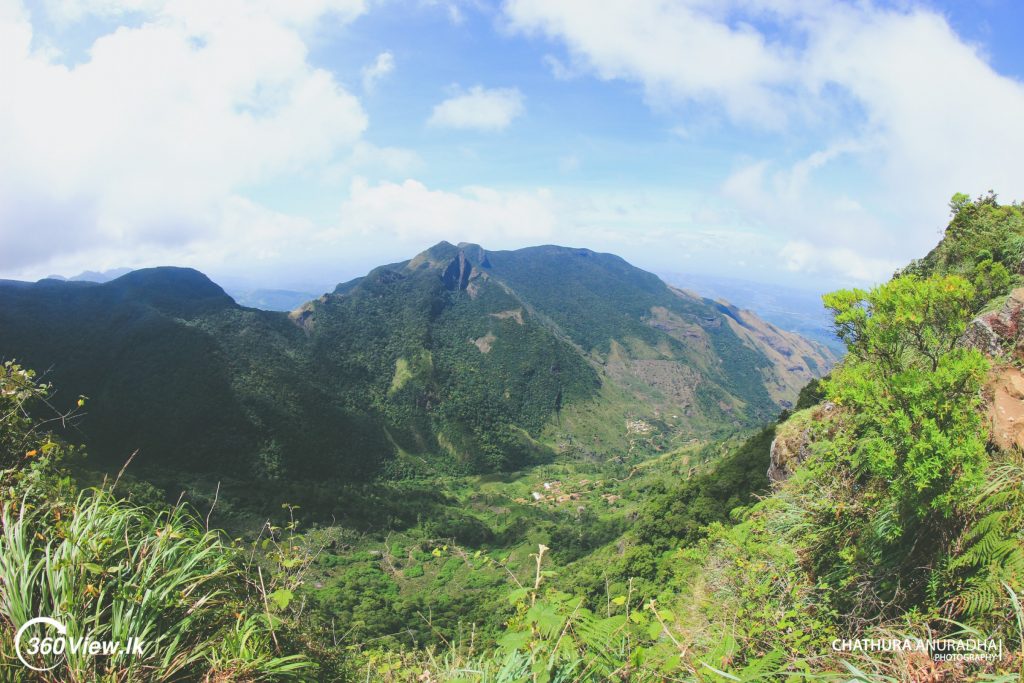
Horton Plains is a starkly beautiful highland plateau popular with walkers that includes the fabled viewpoint of the World’s End. If you are travelling from the Central Highlands down to the coast that the road through the national park is an utterly spectacular route to follow. The Horton Plains national Park at Ohiya is a beautiful highland situated at an elevation of 2100-2300 m above sea level. Sri Lanka’s Highlands along with Horton Plains National Park which is the peak wilderness protected area and the Knuckles Conservation Forest was acknowledged a World Heritage site.
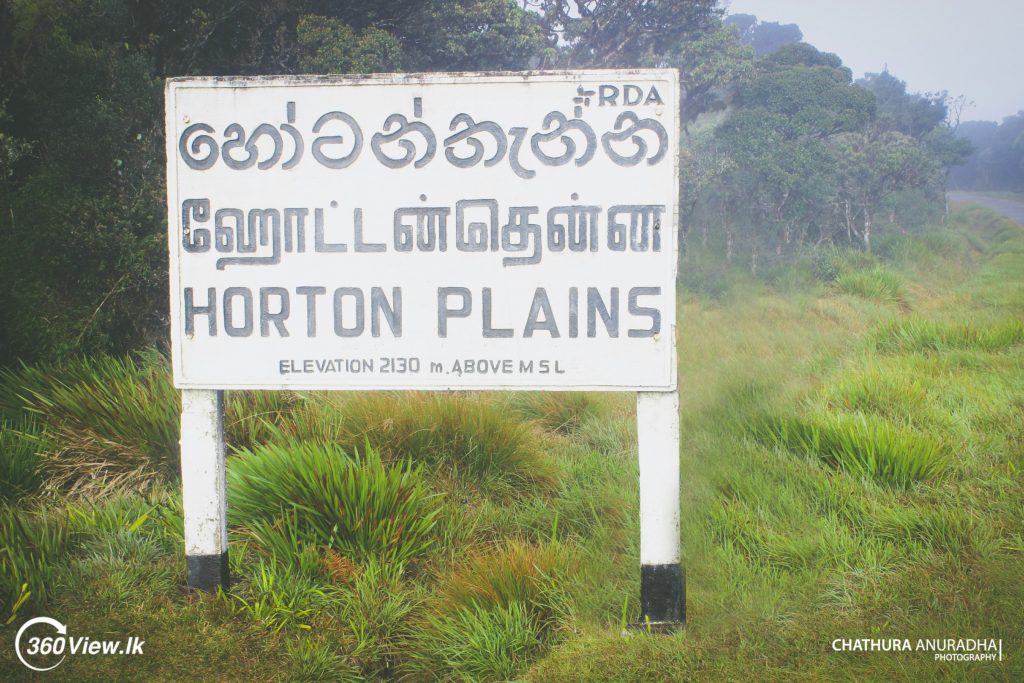
Climate System
Horton Plains has an interesting history behind it with the discovery of early stone tools dating back to the Balangoda culture. The Weather at the plains varies considerably during the course of the day with temperatures as high during the day and dipping as low in the evening and night with the thick mist formation and regular rainfall throughout the year. This protected are situated in the southern plateau of the central highlands of Sri Lanka was formerly called ’Maha Eliya Tenna’ until it was renamed ’Horton Plains’ after the British Governor of the Ceylon Sir Robert Wilmot Horton.




Bio Diversity
The Horton Plains is rich in biodiversity with any species endemic to the area itself and it was designed as a National Park in 19888 and today is a very important and popular tourist destination. And the vegetation of Horton Plains is classified into two distinctive groups that mostly consisting montage grasslands and lesser sub-tropicalmontage evergreen cloud forests. It is also where two important peaks Kirigalpoththa and Thotupolakanda that the second and third highestpeaks in the country respectively are situated which is making it a key catchment area of the three major rivers in the country.
Around to 750 species of plants have been observed here which includes dwarf bamboo species, Myrtaceae and Lauraceous species and many varieties of ferns, lichens and orchids amongst others. The fauna of the region includes 24 species of mammals, 87 species of birds,09 speciesof reptiles, 15 species of amphibians and 02 species of fish. Of the mammals is the most commonly seen area the Sambar Deer with a population close to 2000. Others include Toque macaques, Purple faced languor, Kelaart’s long-clawed shrews, Sri Lankan Leopard, Wild boar, Strip necked mongoose, spotted chevrotain, giant squirrels, Fishing cat and one the World’s most endangered primates.
The Park is also considered a very important birding area in Sri Lanka containing 21 endemic bird species such as Sri Lanka Super fowl, Sri Lanka Jungle fowl, Yellow fronted barbet, Orange billed babbler, Sri Lanka bush warbler and Sri Lanka Whistling thrush with four species namely Sri Lanka Magpie, Dull blue flycatcher, Sri Lankan white eye and Sri Lankan wood pigeon which occur only in Horton Plains.
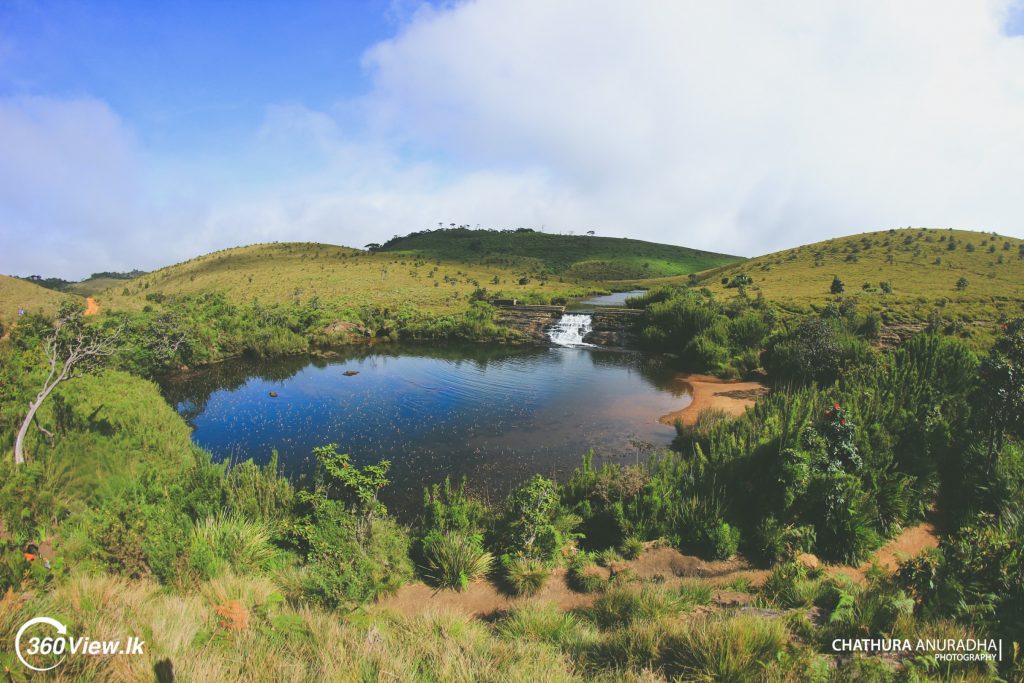
Attractions in National Park
However the beauty of Horton Plains is its beautiful,picturesque setting. The high altitude plains with its cold breeze, misty surroundings, beautiful mountains, tall green trees, crystal clear streams and colorful blooms scattered around the World’s End. The marvelous view of the valley below and the beautiful cascades of the Baker’s waterfall makes it is a haven for trekking and bird watching. All are loved to see the ecosystems such as montage evergreen forests, grassland, marshy lands and aquatic ecosystem. The Fabulous Landscape in Horton Plains is not amerely destination for nature tourists because it has a rich Bio Diversity to get educational and research activities. So Protecting Horton Plains National Park is a call of duty for all Sri Lankans!
